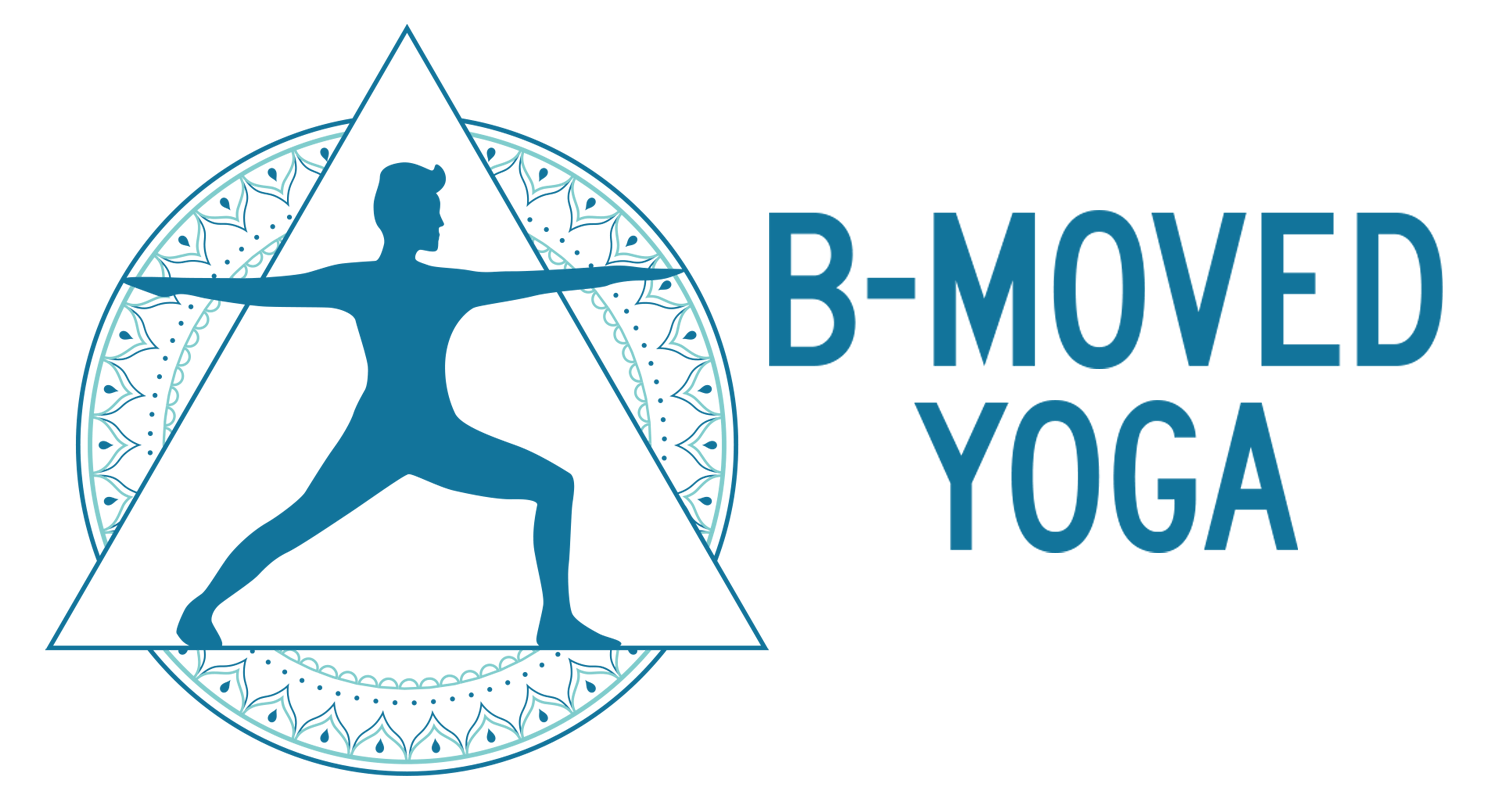“Breathe in through your nose, and sigh it out of your mouth.”
“Let’s take three big sighing breaths together.”
There seems to be a trend of similar breathing cues that are frequently instructed in many yoga classes these days. I’ve heard teachers instruct this method of breathing in hot yoga, yin yoga, restorative yoga, vinyasa yoga, etc. sometimes up to 20 times during a single class. What is the name of this practice? Is it a traditional pranayama technique, or a popular fad?
I used to practice this type of breathing in classes that I took as a student, encouraged by my fellow practitioners and teachers. I also used to say this to my student population in my classes. I became so accustomed to hearing other teachers say it, and it became habitual for me.
But after awhile, my inquiring and curious mind wanted to know: WHY? Why are we teaching this? Is this an ancient tradition? Is it pranayama? What is the science behind it? Why are we encouraging students to exhale through their mouths, sometimes with an audible sigh? And why are we asking them to do this so frequently during their practice? What habits are we encouraging in yoga classes that could affect students outside of their yoga practice?
“Sighing can be a hyperventilation habit.”
I believe that teachers who instruct this type of breathing certainly have good intentions, I know I did! It may feel like an “energetic release” to create a grand and audible sighing breath. But does that mean it’s good for us from a chemical or nervous system standpoint? Does that style of breathing equate to a higher quality breath? What’s the WHY behind the cue?
I recently finished a month long mentorship module through Yoga Detour where we studied with Jennifer Snowden, a Buteyko breathing coach. Yoga Detour draws from multiple disciplines to encourage teachers to “be curious” and ask “why?” in their own practice as well as in their teaching curriculum.
“If we are willing to examine asana through the lens of functional movement, why don’t we also examine pranayama through a lens of functional breathing?”
Here is a bit of what I learned in the module as well as through my own research:
Many people believe that breathing more air increases oxygen content in cells. This is not true. Generally, breathing more can reduce the oxygen content in the arterial blood.
We can only utilize a certain percentage of oxygen that we intake into our lungs (about 15-25% depending on your effort in any given moment.) That is all our blood can absorb.
Exhaling through your nose slows down the rate of breathing. Exhaling through your mouth will increase your breathing rate (you’ll take more breaths per minute) because air leaves your body faster out of your mouth than out of your nose. This can cause over breathing. Remember, breathing more isn’t better. It’s worse.
Ujjayi breathing if done inappropriately can do more harm than good. It’s similar to a whisper, which can be harsh on the vocal cords if practiced too frequently or too vigorously. More isn’t better. I am sensing a theme, are you?
Exhaling out of your mouth accelerates water loss, contributing to dehydration. If you’ve ever been to a really full yoga class, and many people are frequently exhaling through their mouths, you’ll notice the room becomes MUCH more humid! (Sure, the sweaty bodies play a factor, too) Have you ever exhaled “haaaaaaa” in front of a mirror or window? It steams up...that’s your body’s moisture leaving your body.
Changing your breathing (from a natural, resting style of breath to a deeper, over-exerting style of breath) can actually stimulate the sympathetic nervous system (stress response.) Disruption of natural breathing cycles can be a sign to the nervous system that a threat has been detected.
Breathing louder does not mean you are breathing better. Breathing with sound doesn’t make you better at anything except breathing loudly. The sound of your breathing should be barely perceptible (or silent!) to people who are nearby. Quiet down, Darth Vader.
In my understanding, pranayama is a practice of its own, separate from strenuous asana. I have my doubts as to whether or not breathing should be anything but natural in a yoga asana class, and if specific breathing techniques have any place in a group yoga class setting at all. Controversial? Maybe. Worth considering? Definitely.
If you have thoughts you’d like to share, please feel free to reach out. In my next blog, I’ll address another common yet misunderstood instruction of “pull/draw your shoulders down” while the arms are reaching forward/upward.
Thank you to Jennifer Snowdon for making her knowledge and insights on this subject matter available to yoga practitioners and educators. Jennifer hosts webinars and workshops about functional breathing. If functional breathing is interesting to you, follow her on Instagram or Facebook to learn more.

